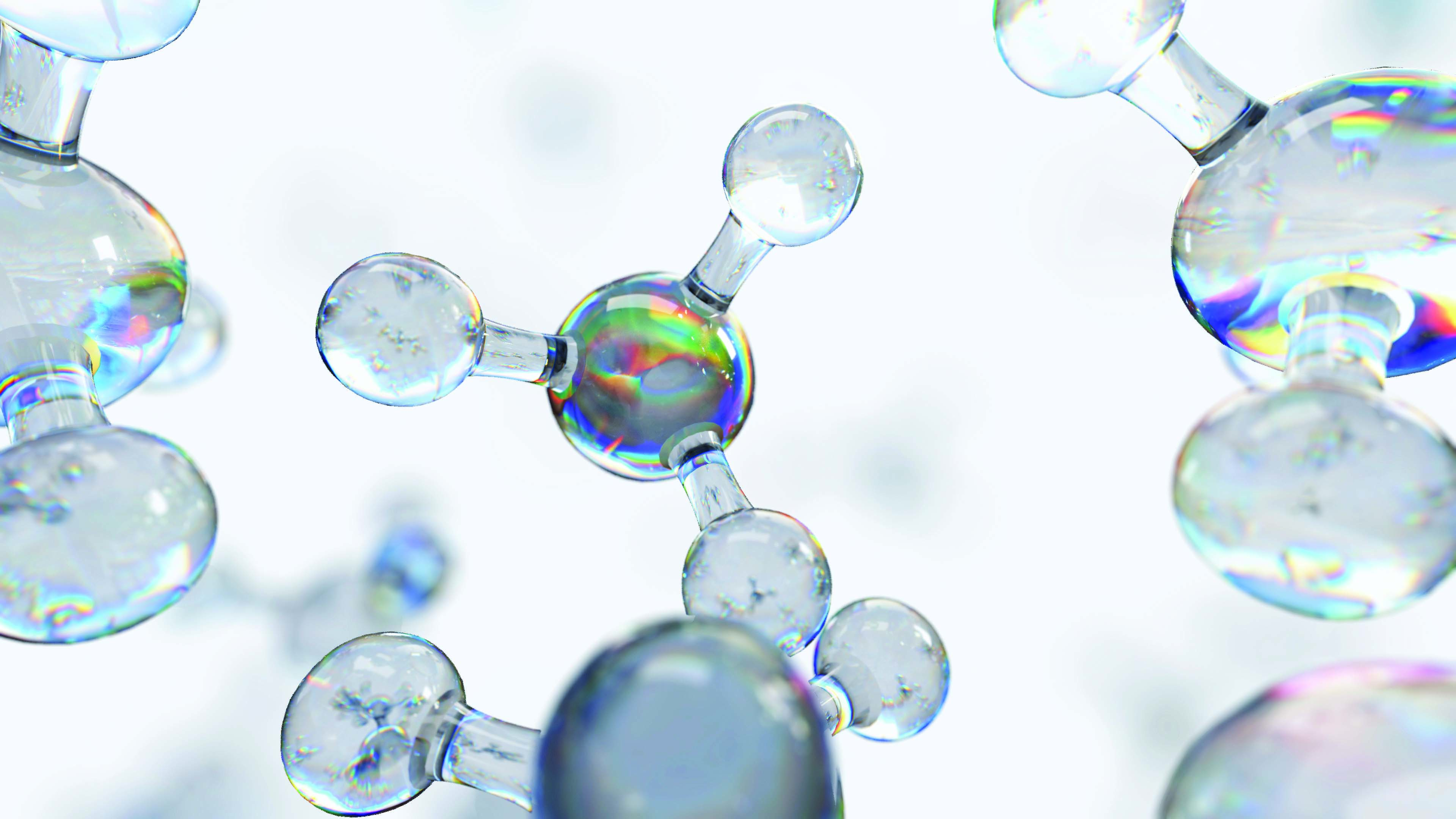How to catch an elusive water ion
In a world-first, NTU physicists led by Assoc Prof Loh Zhi Heng directly observed water ions that form and break down within a time span of less than 50 femtoseconds.

Water ions—positively charged water molecules lacking one electron—have never been observed directly due to their extremely short life span of less than 50 femtoseconds.
Using an ultrafast X-ray laser, a team of physicists—jointly led by NTU, the US Department of Energy’s Argonne National Laboratory and Germany’s Deutsches Elektronen-Synchrotron DESY—succeeded in observing the formation and breakdown of a highly unstable water ion, which is created when water is exposed to ionising radiation.
“What we are observing is the very first chemical reaction in a cascade of reactions that ultimately leads to radiation damage,” says Assoc Prof Loh Zhi Heng of NTU’s School of Physical and Mathematical Sciences.
A better understanding of this chemical reaction could pave the way towards stopping or reducing radiation damage in biological cells and water-cooled nuclear reactors, he adds.
The paper “Observation of the fastest chemical processes in the radiolysis of water” was published in Science (2020), DOI: 10.1126/science.aaz4740.



.tmb-listing.jpg?Culture=en&sfvrsn=370a7c71_1)

.tmb-listing.jpg?Culture=en&sfvrsn=29c7e020_1)
.tmb-listing.jpg?Culture=en&sfvrsn=ab6472c8_1)
.tmb-listing.jpg?Culture=en&sfvrsn=55153609_1)